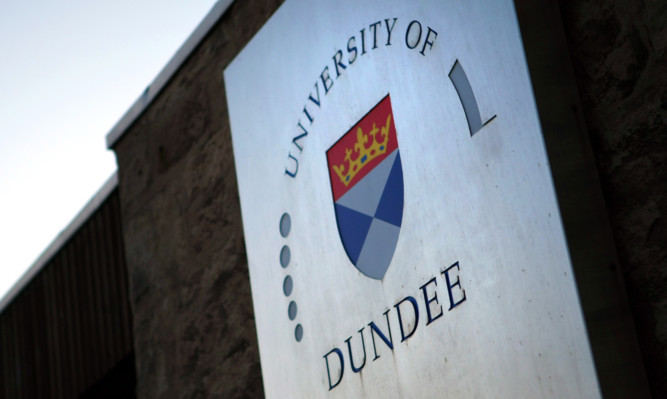Laboratory testing which will produce “invaluable knowledge” to help with the decommissioning of oil rigs out at sea is being carried out by a Scottish university.
Staff from Dundee University’s School of Science and Engineering have teamed up with the Aberdeen-based Oil and Gas Innovation Centre (OGIC) for the work.
A series of small-scale tests will be carried out in a bid to a provide guidance for the oil and gas industry on how best to remove subsea structures.
The work is being done by engineering consultancy firm Xodus, who hope it will help produce “significant cost savings and operational efficiencies” in future decommissioning projects.
OGIC chief executive officer Ian Phillips said: “Decommissioning is a relatively new industry in the UK continental shelf and offers significant opportunities for the supply chain to develop new processes and technology which will be needed globally.
“The University of Dundee and Xodus project has the potential to ensure that costly decommissioning projects are carried out efficiently.
“Carrying out research in a controlled laboratory environment will produce data which would be challenging to gather in the field.
“The fact that the University of Dundee has the R&D capabilities to support this work is testament to the expertise which exists in Scottish universities.”
Dr Andrew Brennan, senior lecturer in civil engineering at the University of Dundee, said removing structures from the seabed “poses major engineering challenges due to the number of variables”.
He added: “By performing a series of small-scale model tests, we can understand better how each of these variables controls the process and hence improve the efficiency of foundation extraction in the future
“At the University of Dundee we have world-class laboratory facilities and a long history of testing geotechnical models, and we are delighted to be the academic partner for this important project.”
Andy Small, principal geotechnical engineer with Xodus, said: “Decommissioning of subsea structures presents significant challenges for engineers.
“The potential for overall project cost increases due to unknowns is high, especially with regard to seabed uncertainty.
“This research will produce invaluable knowledge and understanding of the recovery process and associated risks, and will likely result in significant cost savings and operational efficiencies for future decommissioning projects.
“The transfer of knowledge and experiences through projects like this is crucial to enable the industry to continue to develop efficient and effective decommissioning practices.”
